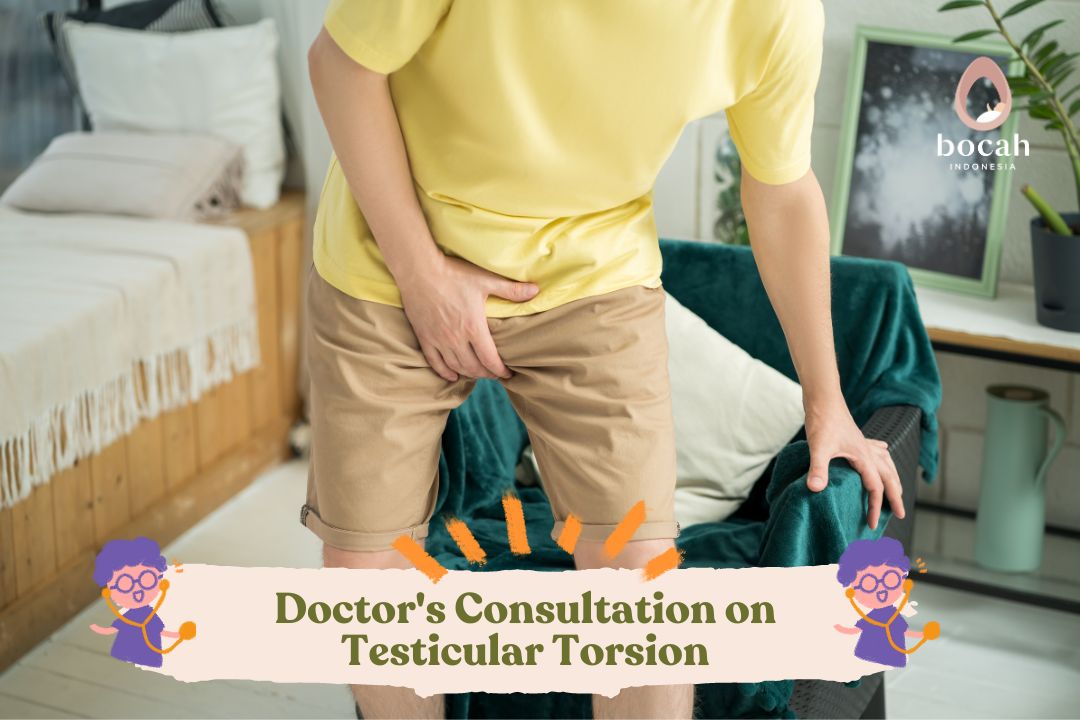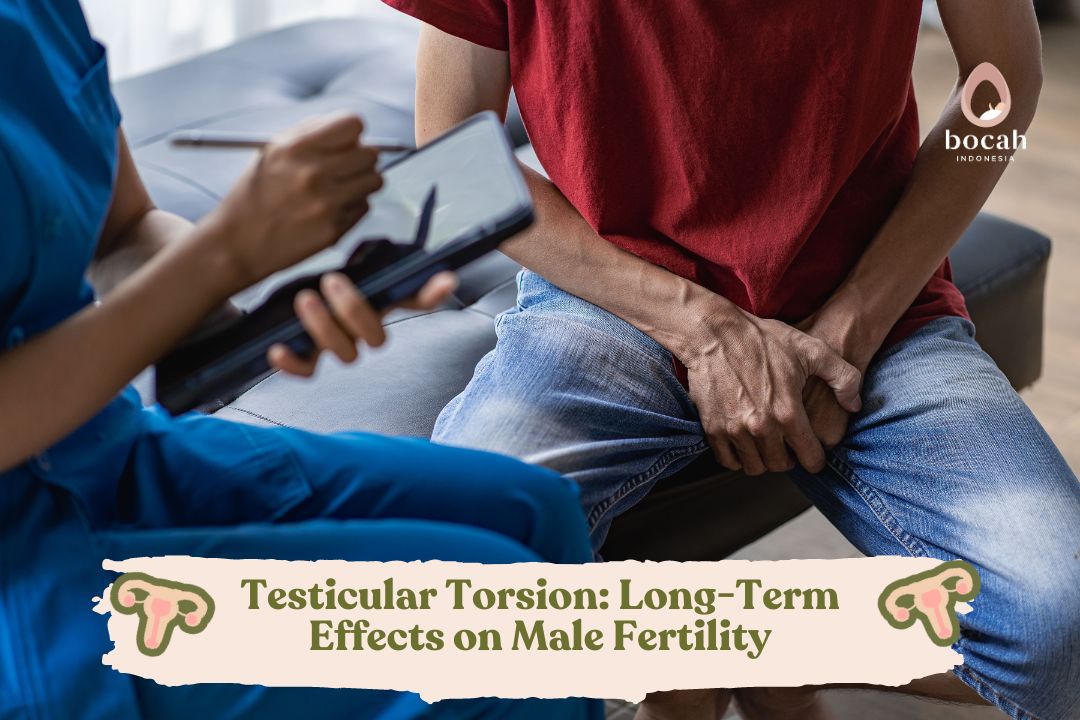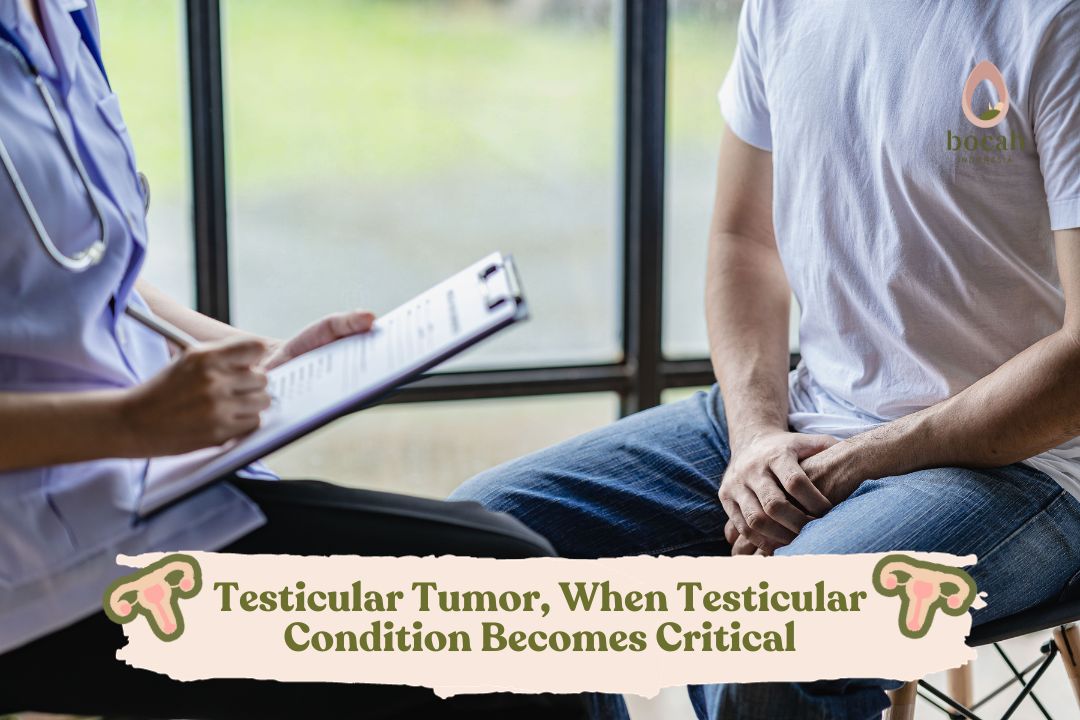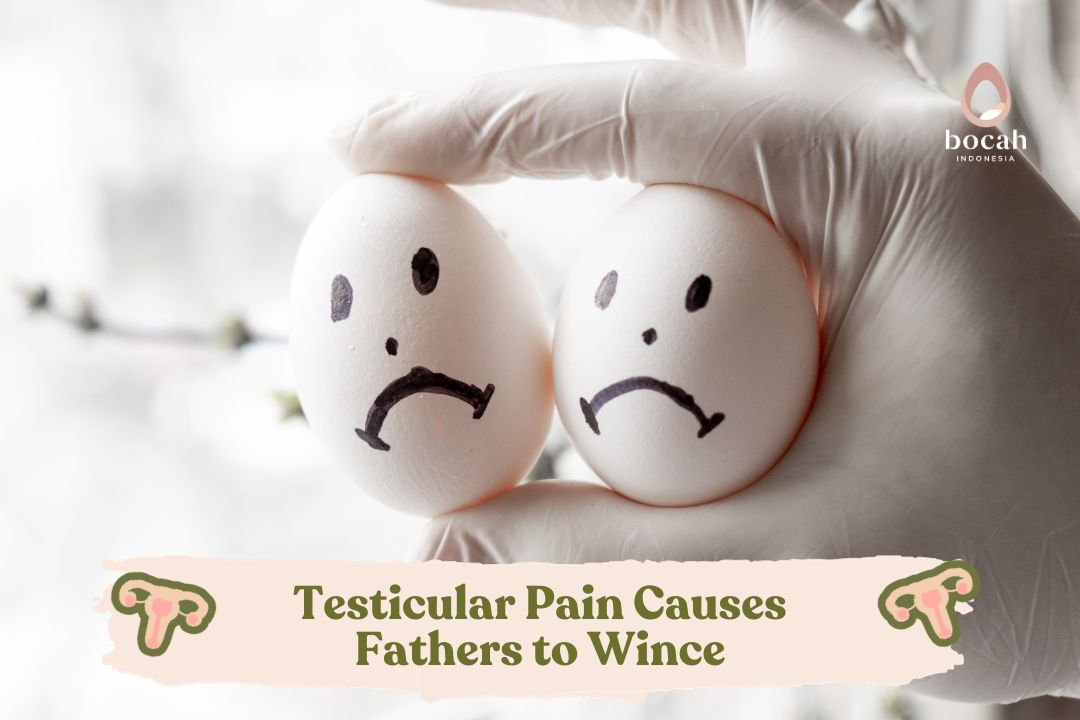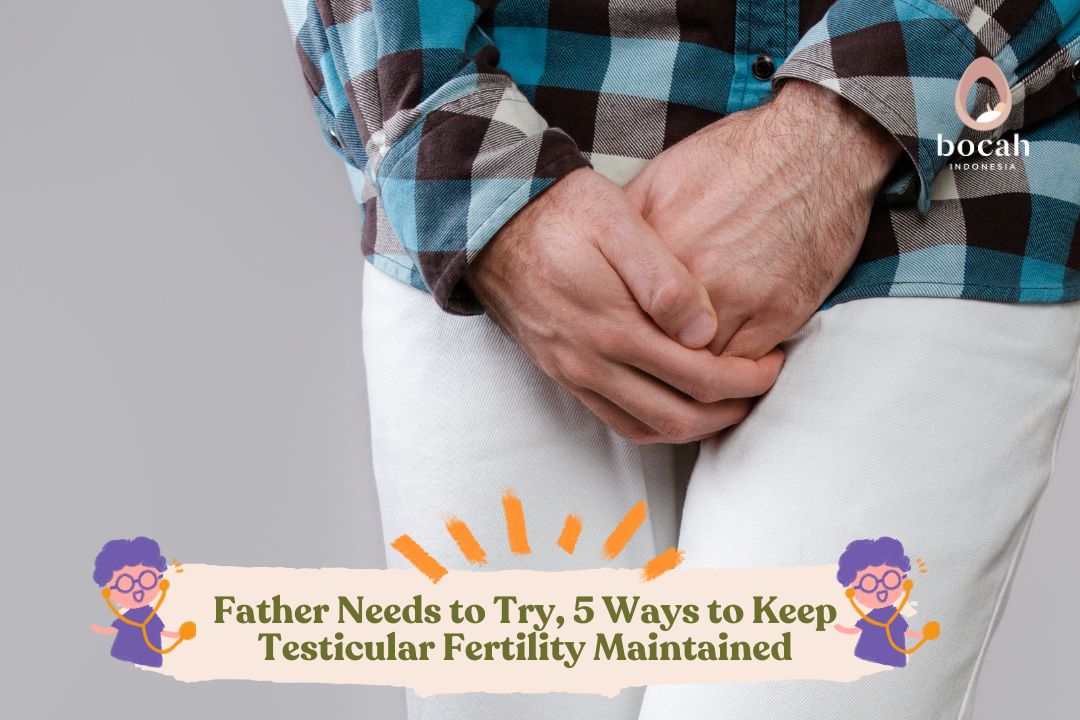Overcome Testicular Torsion Before It’s Tragic

Testicular torsion is a painful condition where the testicle twists and loses its blood supply. Learn the myths and facts about testicular torsion here!
Testicular torsion is a condition where the testicle twists and constricts the spermatic cord that brings blood to the scrotum. Due to reduced blood flow, it often causes sudden pain and swelling.
Although more common between the ages of 12 and 18, this condition can occur at any age, even from birth. This article will discuss some myths and facts about testicular torsion.
Myths and Facts About Testicular Torsion
Testicular torsion is a serious condition that can cause severe pain and even disrupt testicular function if not promptly addressed. However, there are some myths and facts that need to be understood to gain a better understanding of this condition.
Testicular Torsion Only Occurs in Adolescents
The myth that testicular torsion only occurs in adolescents is false; testicular torsion is indeed more common between the ages of 12 and 18, but this condition can occur at any age, including before birth. Therefore, it is important to understand the symptoms and risk factors of testicular torsion, regardless of age.
Testicular Torsion Only Occurs on One Side of the Testicle
Although testicular torsion typically occurs on one side of the testicle, it can also affect both testicles. Some men may have a genetic predisposition that makes both testicles vulnerable to torsion. Therefore, it is important to examine both testicles if experiencing suspicious symptoms.
Testicular Torsion Only Occurs After Severe Injury
Testicular torsion can occur after intense physical activity, minor injury to the testicle, or even during sleep. Cold temperatures or rapid growth during puberty can also affect the occurrence of this condition. Therefore, it is important to always be vigilant of symptoms and not underestimate this condition.
Medical Emergency Condition
It is a myth to say that testicular torsion can heal on its own. In fact, testicular torsion is a medical emergency condition that requires immediate treatment to restore blood flow to the testicle.
Surgical Intervention Needed
In some cases, especially if treatment is not administered promptly, surgical intervention may be necessary to return the testicle to its normal position and avoid permanent damage.
Symptoms Are Not Always Extreme
The symptoms of testicular torsion vary among individuals; some cases may involve individuals experiencing subtle or non-extreme symptoms, but the condition still requires medical attention.
Prevention Is Not Always Possible
While testicular torsion cannot always be prevented, avoiding trauma or injury to the genital area can help reduce the risk of this condition. It is important to always be aware of the facts about testicular torsion and take prompt action if experiencing symptoms. Immediate medical examination can minimize the risk of complications and ensure effective treatment.
Symptoms of Testicular Torsion
Testicular torsion can cause various symptoms that fathers need to be aware of. Here are some common symptoms of testicular torsion:
Tanya Ferly tentang Promil?
Sudden and severe pain in the scrotum, which may radiate to the abdomen.
Swelling in the scrotum.
Pain in the abdomen.
Nausea and vomiting.
Testicle positioned higher than normal or at an unusual angle.
Frequent urination.
Fever.
When to See a Doctor for Testicular Torsion Examination?
In cases of testicular torsion, prompt treatment is crucial. Fathers need to go to the hospital immediately if experiencing the following signs:
Sudden and severe pain in the testicle. Do not delay seeking medical help because prompt treatment can prevent severe damage or loss of the testicle.
Experiencing pain in the testicle that resolves on its own without treatment. This can happen when the testicle twists and then returns to its original position. Even if the pain subsides, a medical examination is still necessary to prevent this condition from recurring.
Causes and Risk Factors of Testicular Torsion
Although the exact causes of testicular torsion are unknown, there are several risk factors that can increase the likelihood of this condition:
Age
Testicular torsion generally occurs between the ages of 12 and 18, when the testicles are undergoing rapid growth.
History of Previous Testicular Torsion
If a father has previously experienced pain in the testicle that resolves on its own without treatment, it is likely to recur. The more frequent the pain occurs, the higher the risk of testicular damage.
Family History
Testicular torsion can run in families. If a family member has experienced this condition, the risk of testicular torsion in fathers is also higher. Although there is no way to completely prevent testicular torsion, fathers can reduce the risk by undergoing surgery to anchor both testicles into the scrotum if they have a genetic predisposition. Do not hesitate to consult a doctor for more information. For fathers who are eager to have children soon, learn complete information about pregnancy programs and IVF programs at Bocah Indonesia.
This article has been medically reviewed by Dr. Chitra Fatimah.
Source:
- Nassiri, N. et al. (2021). Testicular Torsion From Bell-clapper Deformity. Urology, 147, pp. 275. https://pubmed.ncbi.nlm.nih.gov/32650017/
- Jckson, F. et al. (2020). The Impact of Testicular Torsion on Testicular Function. The World Journal of Men’s Health, 38(3), pp. 298–307. https://pubmed.ncbi.nlm.nih.gov/31081295/
- National Institute of Health (2022). MedlinePlus. Testicular Torsion.
- Cleveland Clinic (2019). Disease & Conditions. Testicular Torsion.
- Mayo Clinic (2022). Diseases & Conditions. Testicular Torsion.


